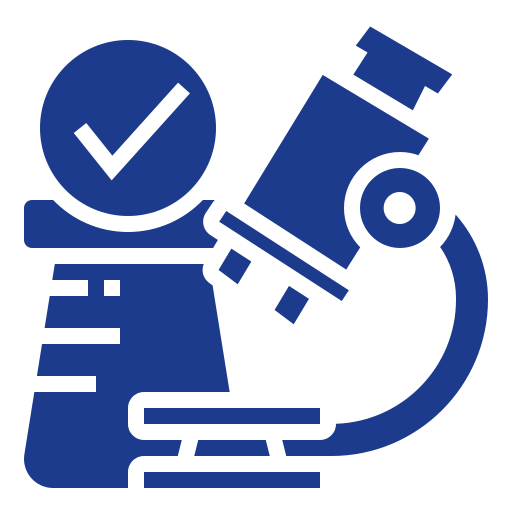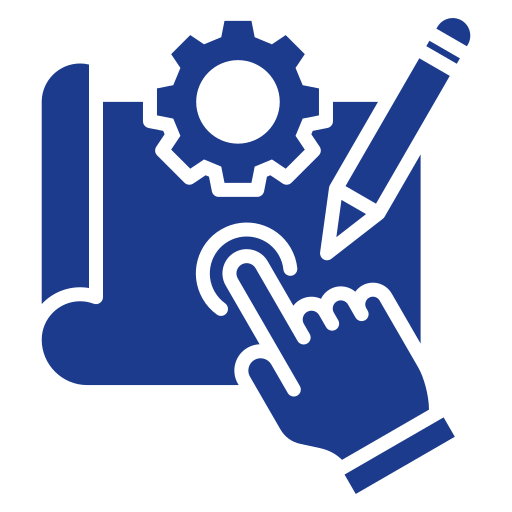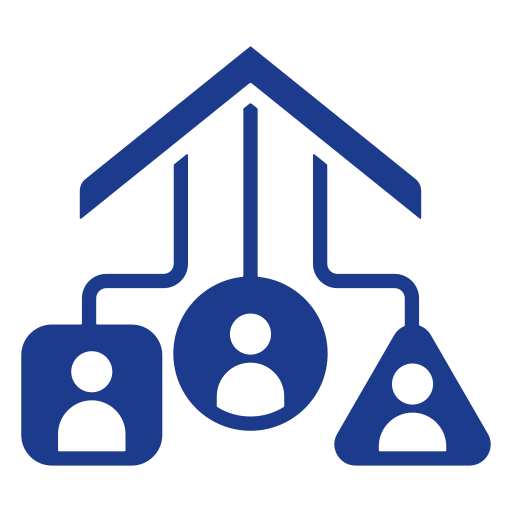-
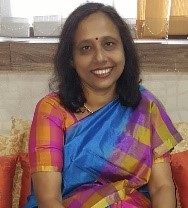
Ms. Lipika Sahu
Assistant Director
-
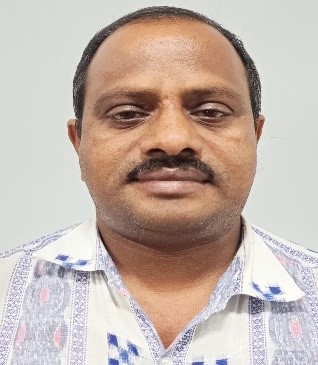
Dr. Sudarsan Santara
Assistant Director
About the Department
A “Department of Innovative Ideas” (sometimes referred to as a Department of Innovation or an Innovation Lab) is typically established within organizations, universities, or governmental bodies to foster creativity, support the development of new ideas, and implement innovative solutions. While the specific structure and focus can vary, such departments generally have several key functions and characteristics:
This department has been established to generate new ideas for promoting better quality education to the society
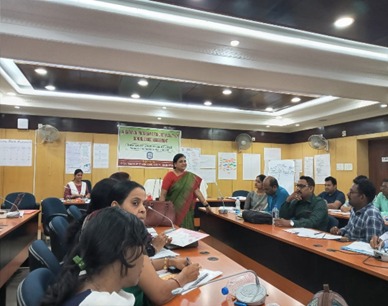

Vision and Objectives
A well-defined vision of innovation serves as a beacon, inspiring and guiding an organization towards a future of sustained creativity, growth, and positive impact.
Purpose and Mission:
- Clearly define the purpose of innovation within the organization.
- Articulate how innovation aligns with the overall mission and goals.
Commitment to Creativity:
- Emphasize a commitment to nurturing a culture of creativity and exploration.
- Encourage risk-taking and learning from failures.
Focus Areas:
- Identify key areas where innovation will have the most impact (e.g., technology, processes, products, services).
- Set priorities for innovation efforts based on strategic goals.
Collaboration and Inclusion:
- Promote collaboration across departments and disciplines.
- Foster an inclusive environment where diverse perspectives are valued and everyone is empowered to contribute.
Sustainability and Social Responsibility:
- Integrate sustainability and social responsibility into the innovation vision.
- Aim to create solutions that benefit society and the environment.
Continuous Learning and Improvement:
- Encourage a mindset of continuous learning and improvement.
- Support professional development and innovation training programs.
Leveraging Technology:
- Highlight the role of advanced technologies in driving innovation.
- Invest in research and development to stay at the forefront of technological advancements.
Areas of Work
-
Idea Generation
-
Research and Development
-
Prototyping and Testing
-
Implementation and Scaling
-
Cross-disciplinary Collaboration
-
Funding and Resources
-
Culture of Innovation



